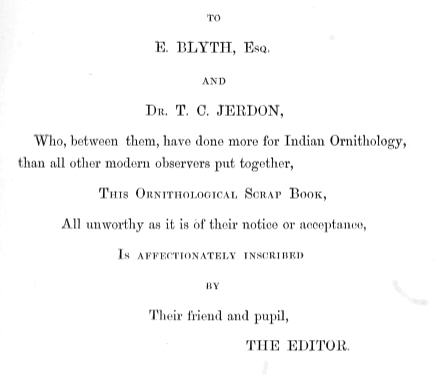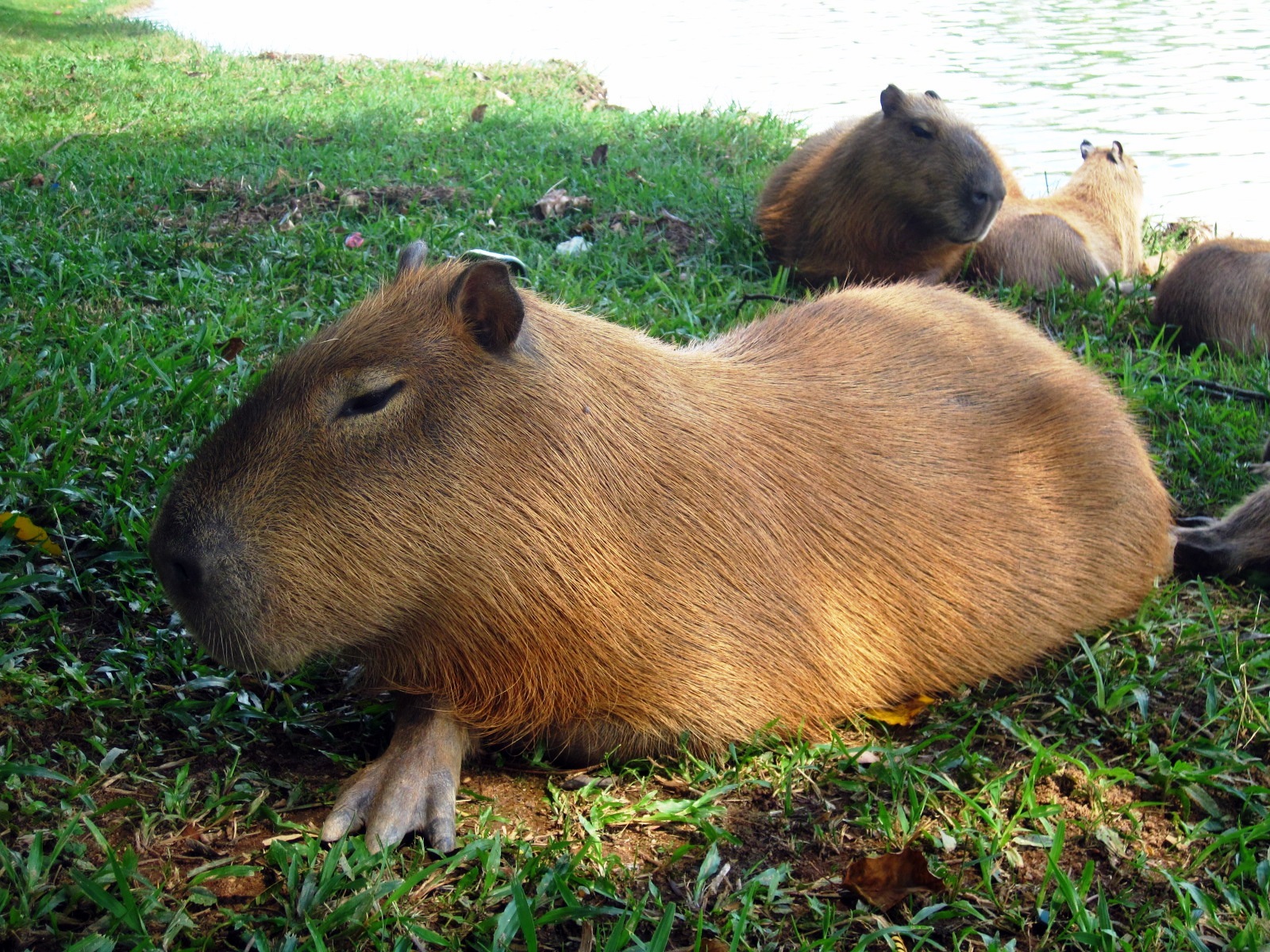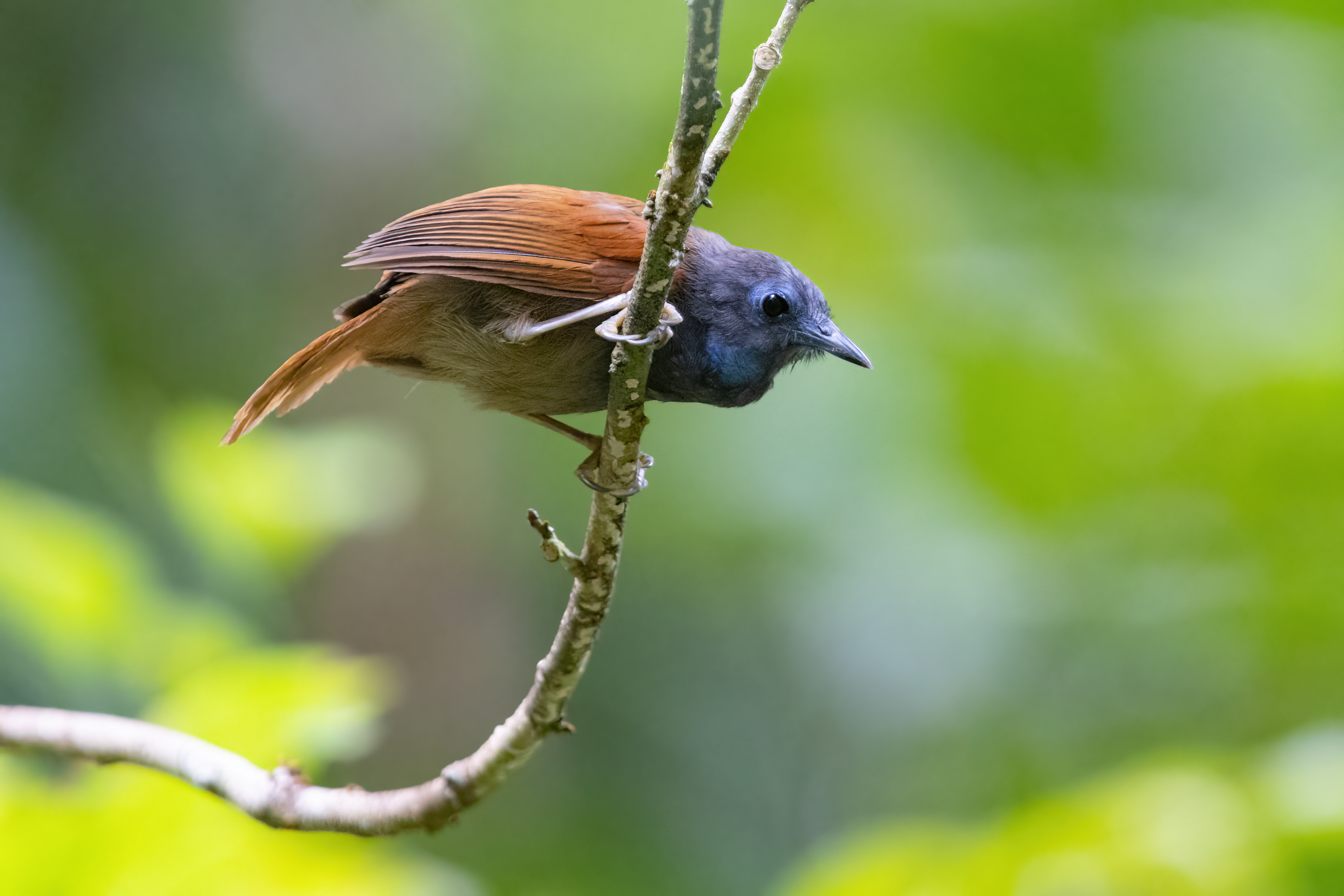|
Grey-hooded Babbler
The grey-hooded babbler (''Cyanoderma bicolor'') is a babbler species in the family Timaliidae. It occurs in Borneo and Banggai Island. The grey-hooded babbler was formerly considered conspecific to the chestnut-winged babbler (''Cyanoderma erythropterum''). It is listed as Least Concern on the IUCN Red List The International Union for Conservation of Nature (IUCN) Red List of Threatened Species, also known as the IUCN Red List or Red Data Book, founded in 1964, is the world's most comprehensive inventory of the global conservation status of biol .... References {{Taxonbar, from=Q31874685 grey-hooded babbler grey-hooded babbler grey-hooded babbler ... [...More Info...] [...Related Items...] OR: [Wikipedia] [Google] [Baidu] |
Edward Blyth
Edward Blyth (23 December 1810 – 27 December 1873) was an English zoologist who worked for most of his life in India as a curator of zoology at the museum of the Asiatic Society of India in Calcutta. Blyth was born in London in 1810. In 1841 he travelled to India to become the curator of the museum of the Asiatic Society, Royal Asiatic Society of Bengal. He set about updating the museum's catalogues, publishing a ''Catalogue of the Birds of the Asiatic Society'' in 1849. He was prevented from doing much fieldwork himself, but received and described bird specimens from Allan Octavian Hume, A.O. Hume, Samuel Tickell, Robert Swinhoe and others. He remained as curator until 1862, when ill-health forced his return to England. His ''Natural History of the Cranes'' was published posthumously in 1881. Avian species bearing his name include Blyth's hornbill, Blyth's leaf warbler, Blyth's hawk-eagle, Blyth's olive bulbul, Blyth's parakeet, Blyth's frogmouth, Blyth's reed warbler, Blyth ... [...More Info...] [...Related Items...] OR: [Wikipedia] [Google] [Baidu] |
Borneo
Borneo (; id, Kalimantan) is the List of islands by area, third-largest island in the world and the largest in Asia. At the geographic centre of Maritime Southeast Asia, in relation to major Indonesian islands, it is located north of Java Island, Java, west of Sulawesi, and east of Sumatra. The list of divided islands, island is politically divided among three countries: Malaysia and Brunei in the north, and Indonesia to the south. Approximately 73% of the island is Indonesian territory. In the north, the East Malaysian states of Sabah and Sarawak make up about 26% of the island. The population in Borneo is 23,053,723 (2020 national censuses). Additionally, the Malaysian federal territory of Labuan is situated on a small island just off the coast of Borneo. The sovereign state of Brunei, located on the north coast, comprises about 1% of Borneo's land area. A little more than half of the island is in the Northern Hemisphere, including Brunei and the Malaysian portion, while the ... [...More Info...] [...Related Items...] OR: [Wikipedia] [Google] [Baidu] |
Banggai Island
Banggai Island is the second largest of the Banggai Islands, an archipelago located at the far eastern end of Central Sulawesi, Indonesia. The largest island is Peleng Peleng is an island off the east coast of Sulawesi, Indonesia and is the largest island of the Banggai Islands (''Kepulauan Banggai''). It is surrounded by the Banda Sea and Molucca Sea and has an area of 2,406 km². Some of the smaller ..., smaller islands of the group are Bowokan, Labobo, Kebongan, Kotudan, Tropettenando, Timpau, Salue Besar, Salue Kecil, Masepe, and Bangkulu. Banggai Island has an area of and a population of 37,155 (2010 census). References Banggai Laut Regency Landforms of Central Sulawesi Islands of Sulawesi {{CSulawesi-geo-stub ... [...More Info...] [...Related Items...] OR: [Wikipedia] [Google] [Baidu] |
Chestnut-winged Babbler
The chestnut-winged babbler (''Cyanoderma erythropterum'') is a babbler species in the family Timaliidae. It occurs in the Malay Peninsula from southern Thailand to Singapore, and in Sumatra. It inhabits forests and shrublands up to an elevation of . It is listed as Least Concern on the IUCN Red List. It is chestnut-brown with a greyish face and underparts, and is long. It feeds on small Coleoptera beetles, Phasmida insects, ants, and Hemiptera bugs. Its foraging strategy is gleaning. ''Timalia erythroptera'' was the scientific name proposed by Edward Blyth in 1842 for an olive-brown babbler from Nepal. It was later placed in the genus ''Stachyris'', but since 2020 is recognised as a ''Cyanoderma ''Cyanoderma'' is a genus of passerine birds in the Old World babbler family Timaliidae. Many of these species were formerly placed in the genus '' Stachyris'' Taxonomy A molecular phylogenetic study published in 2012 found that the genus '' St ...'' species. The grey-hooded bab ... [...More Info...] [...Related Items...] OR: [Wikipedia] [Google] [Baidu] |
Least Concern
A least-concern species is a species that has been categorized by the International Union for Conservation of Nature (IUCN) as evaluated as not being a focus of species conservation because the specific species is still plentiful in the wild. They do not qualify as threatened, near threatened, or (before 2001) conservation dependent. Species cannot be assigned the "Least Concern" category unless they have had their population status evaluated. That is, adequate information is needed to make a direct, or indirect, assessment of its risk of extinction based on its distribution or population status. Evaluation Since 2001 the category has had the abbreviation "LC", following the IUCN 2001 Categories & Criteria (version 3.1). Before 2001 "least concern" was a subcategory of the "Lower Risk" category and assigned the code "LR/lc" or lc. Around 20% of least concern taxa (3261 of 15636) in the IUCN database still use the code "LR/lc", which indicates they have not been re-evalua ... [...More Info...] [...Related Items...] OR: [Wikipedia] [Google] [Baidu] |
IUCN Red List
The International Union for Conservation of Nature (IUCN) Red List of Threatened Species, also known as the IUCN Red List or Red Data Book, founded in 1964, is the world's most comprehensive inventory of the global conservation status of biological species. It uses a set of precise criteria to evaluate the extinction risk of thousands of species and subspecies. These criteria are relevant to all species and all regions of the world. With its strong scientific base, the IUCN Red List is recognized as the most authoritative guide to the status of biological diversity. A series of Regional Red Lists are produced by countries or organizations, which assess the risk of extinction to species within a political management unit. The aim of the IUCN Red List is to convey the urgency of conservation issues to the public and policy makers, as well as help the international community to reduce species extinction. According to IUCN the formally stated goals of the Red List are to provide ... [...More Info...] [...Related Items...] OR: [Wikipedia] [Google] [Baidu] |
Cyanoderma
''Cyanoderma'' is a genus of passerine birds in the Old World babbler family Timaliidae. Many of these species were formerly placed in the genus ''Stachyris'' Taxonomy A molecular phylogenetic study published in 2012 found that the genus ''Stachyris'' was paraphyletic. In the subsequent reorganization to create monophyletic genera, the genus ''Cyanoderma'' was resurrected to accommodate a group of species formerly assigned to ''Stachyris''. The genus ''Cyanoderma'' had been introduced in 1874 by the Italian zoologist Tommaso Salvadori with chestnut-winged babbler as the type species. The name combines the Ancient Greek ''kuanos'' meaning "dark-blue" with ''derma'' meaning "skin". Species The genus contains the following species: Deignan's babbler ''Cyanoderma rodolphei'' collected in 1939 at Doi Chiang Dao in Thailand is considered synonym A synonym is a word, morpheme, or phrase that means exactly or nearly the same as another word, morpheme, or phrase in a given langua ... [...More Info...] [...Related Items...] OR: [Wikipedia] [Google] [Baidu] |
Birds Described In 1865
Birds are a group of warm-blooded vertebrates constituting the class Aves (), characterised by feathers, toothless beaked jaws, the laying of hard-shelled eggs, a high metabolic rate, a four-chambered heart, and a strong yet lightweight skeleton. Birds live worldwide and range in size from the bee hummingbird to the ostrich. There are about ten thousand living species, more than half of which are passerine, or "perching" birds. Birds have whose development varies according to species; the only known groups without wings are the extinct moa and elephant birds. Wings, which are modified forelimbs, gave birds the ability to fly, although further evolution has led to the loss of flight in some birds, including ratites, penguins, and diverse endemic island species. The digestive and respiratory systems of birds are also uniquely adapted for flight. Some bird species of aquatic environments, particularly seabirds and some waterbirds, have further evolved for swimming. B ... [...More Info...] [...Related Items...] OR: [Wikipedia] [Google] [Baidu] |



.jpg)